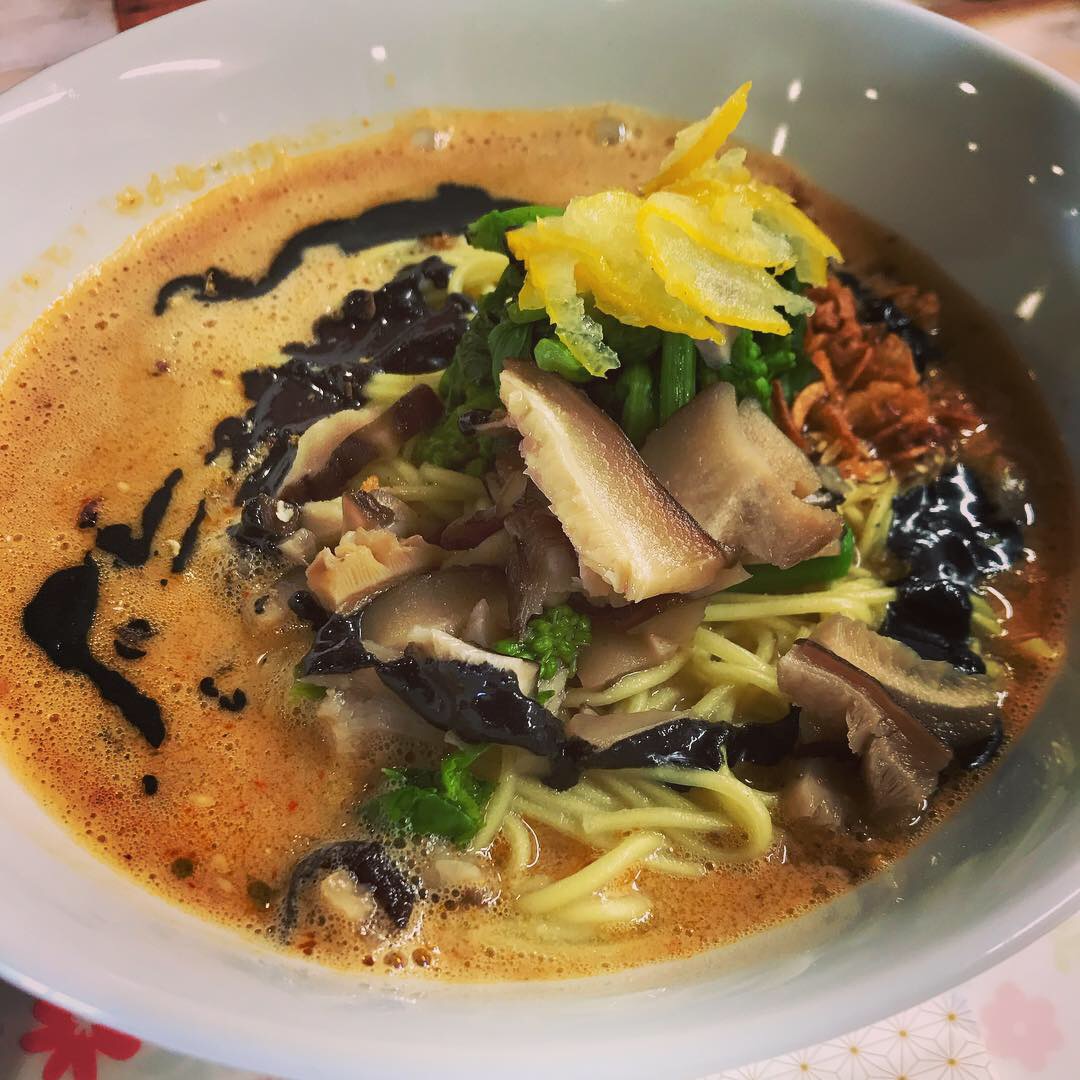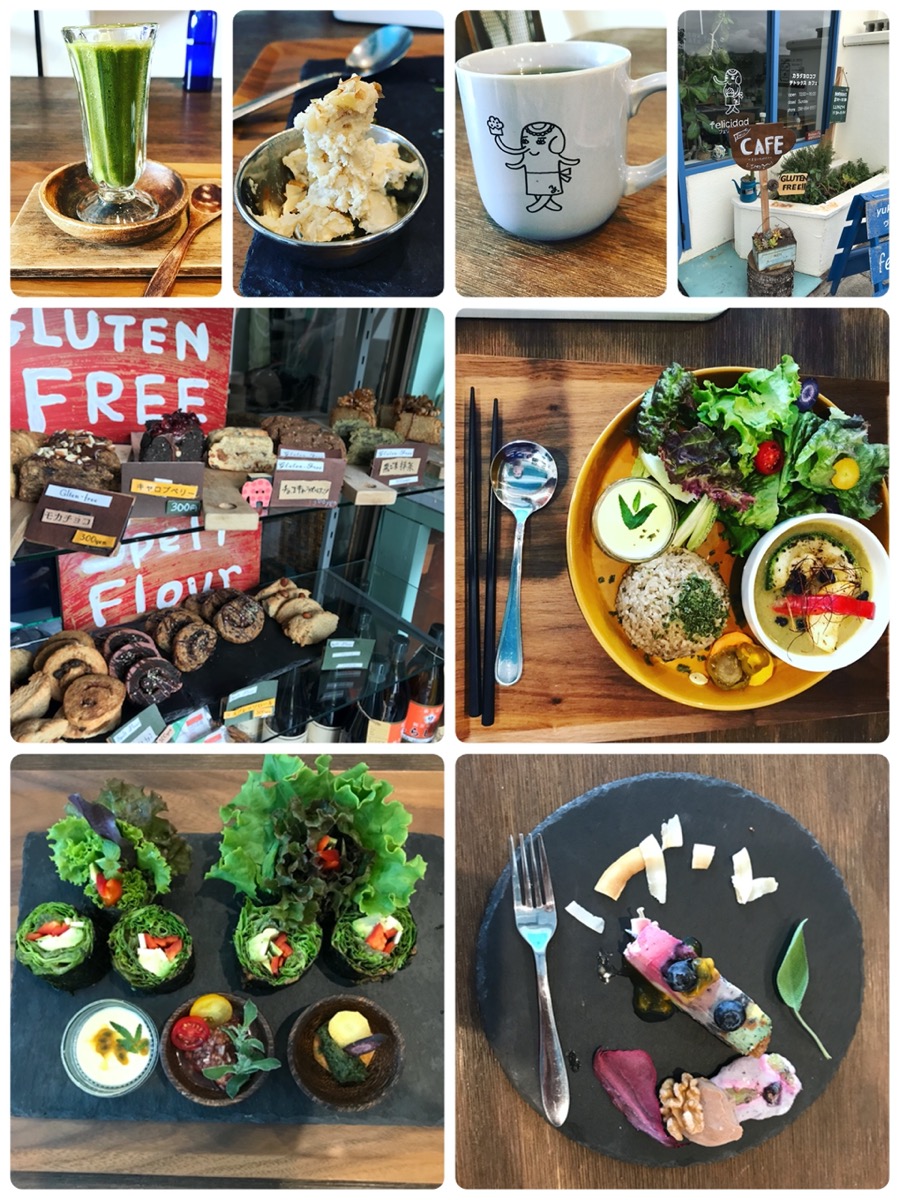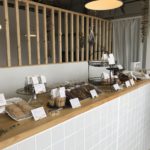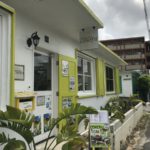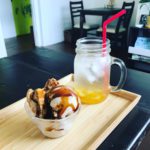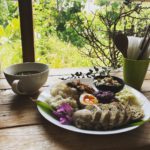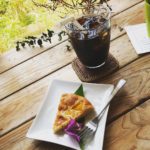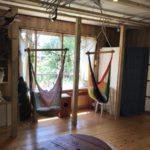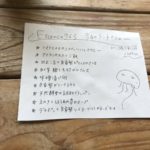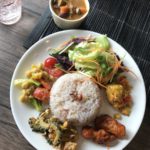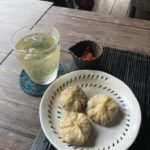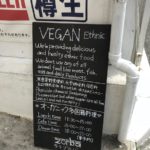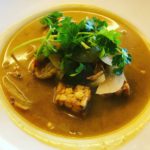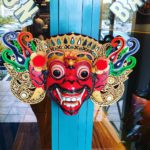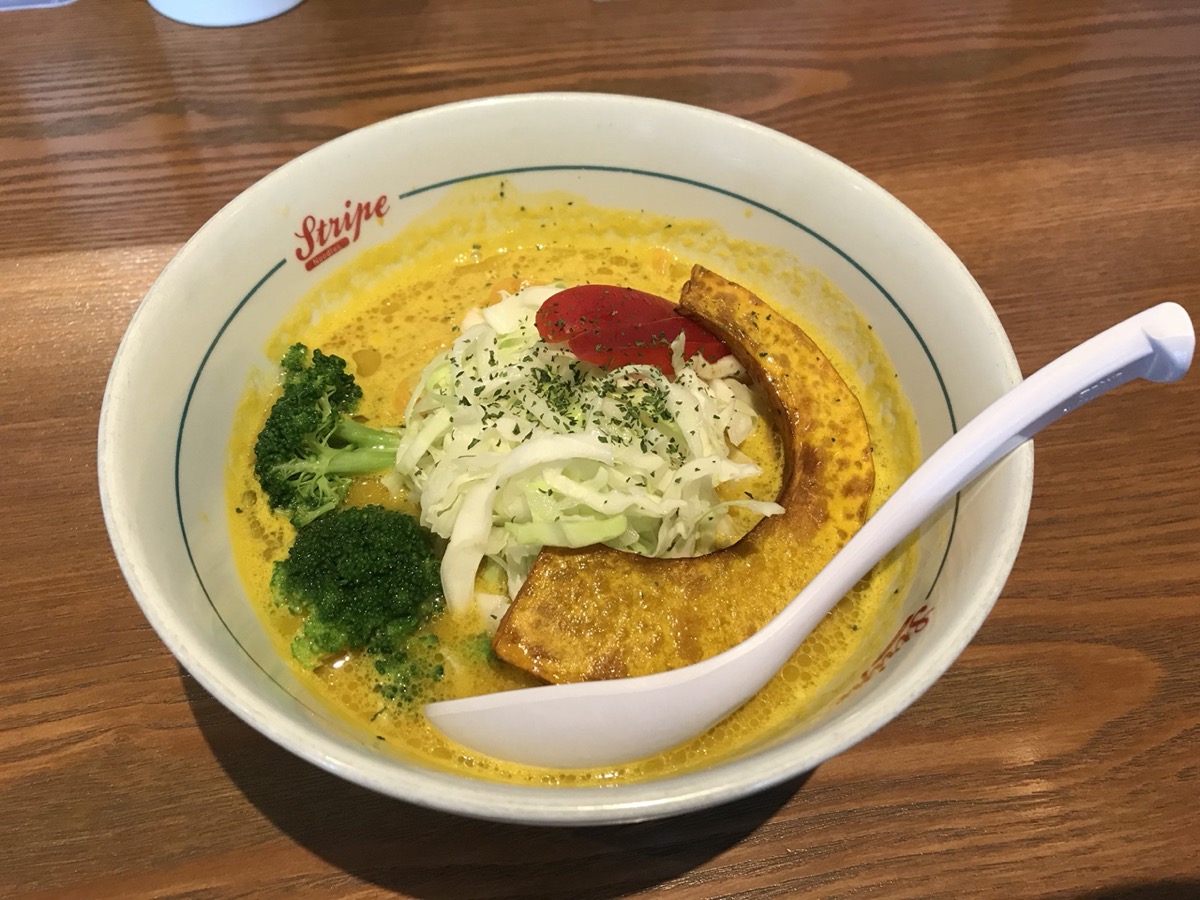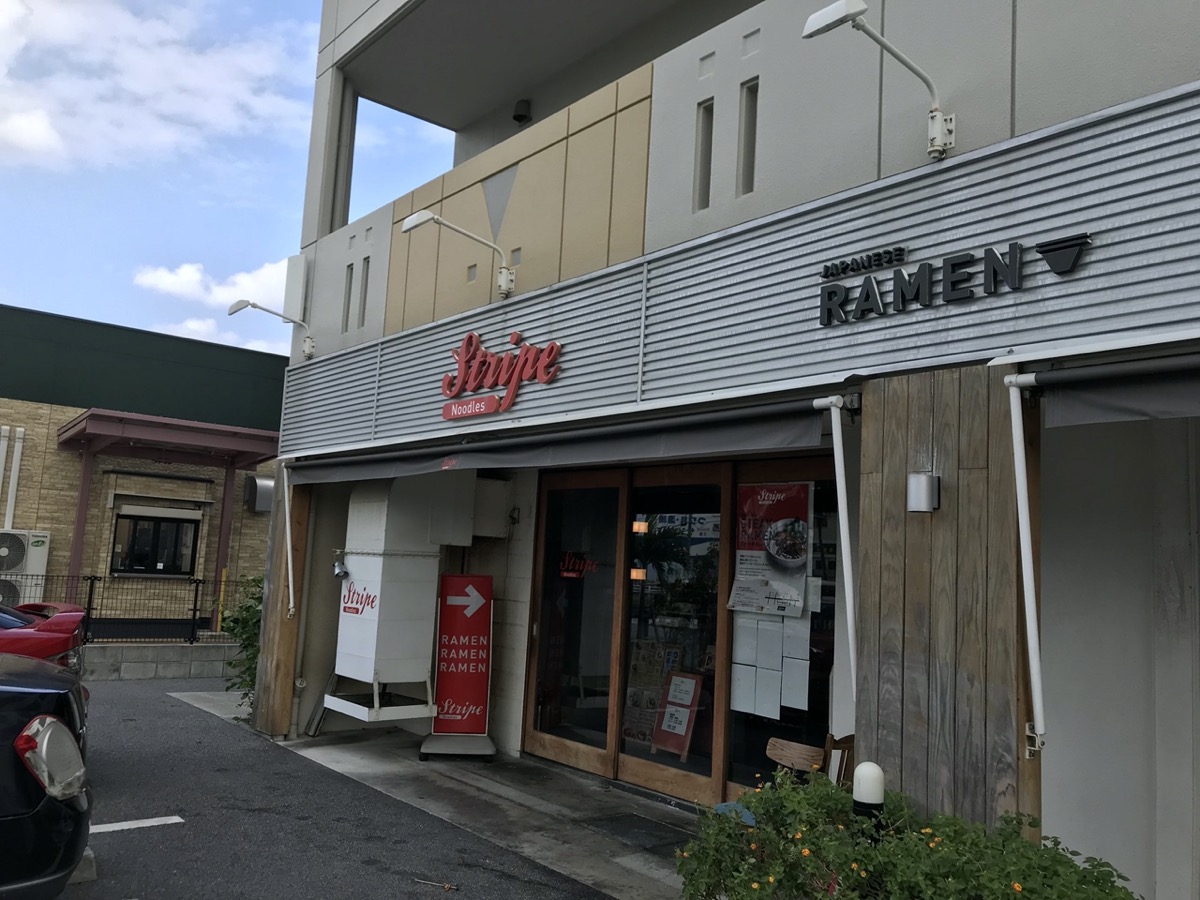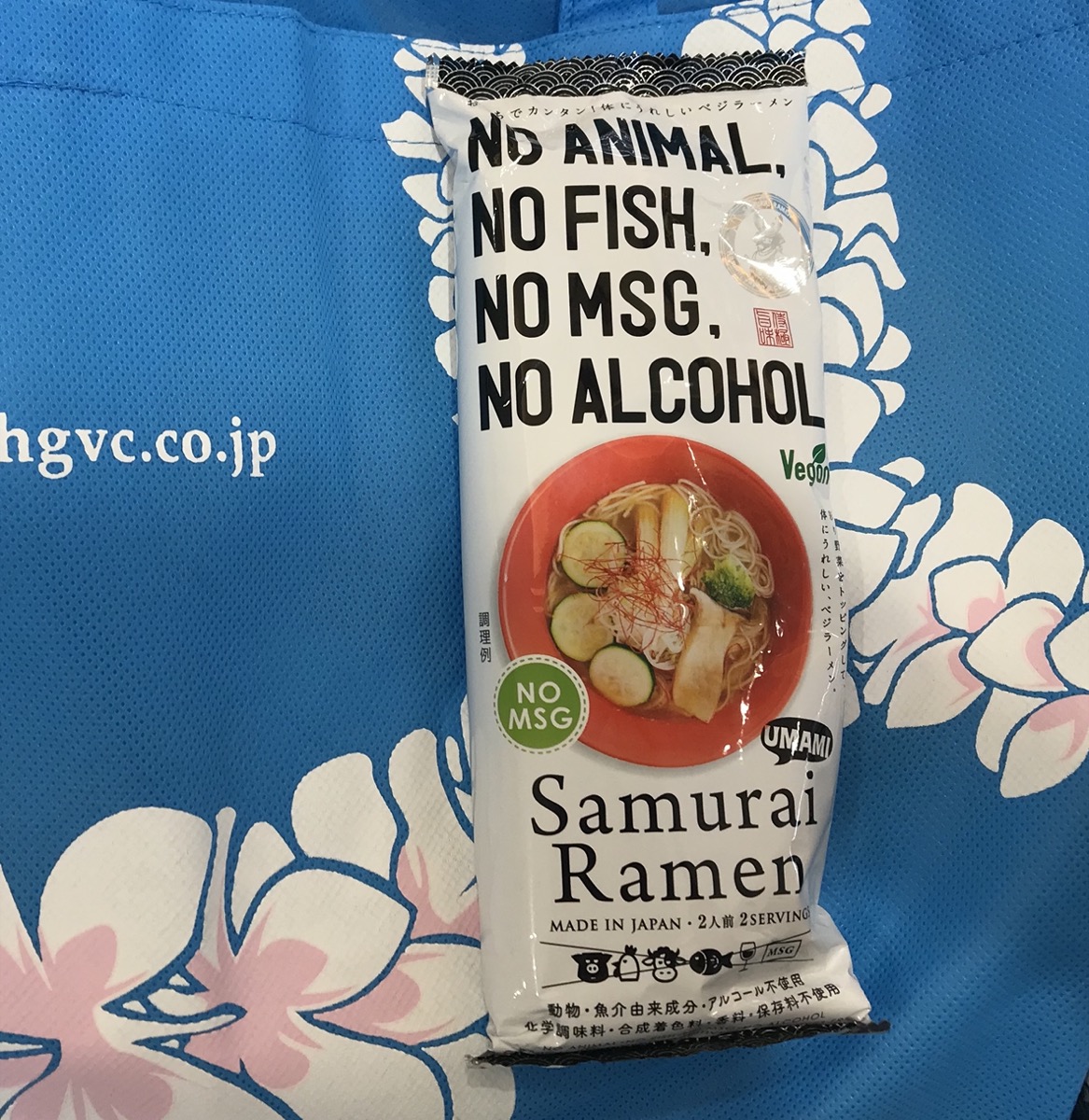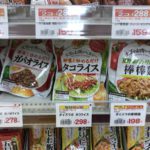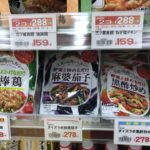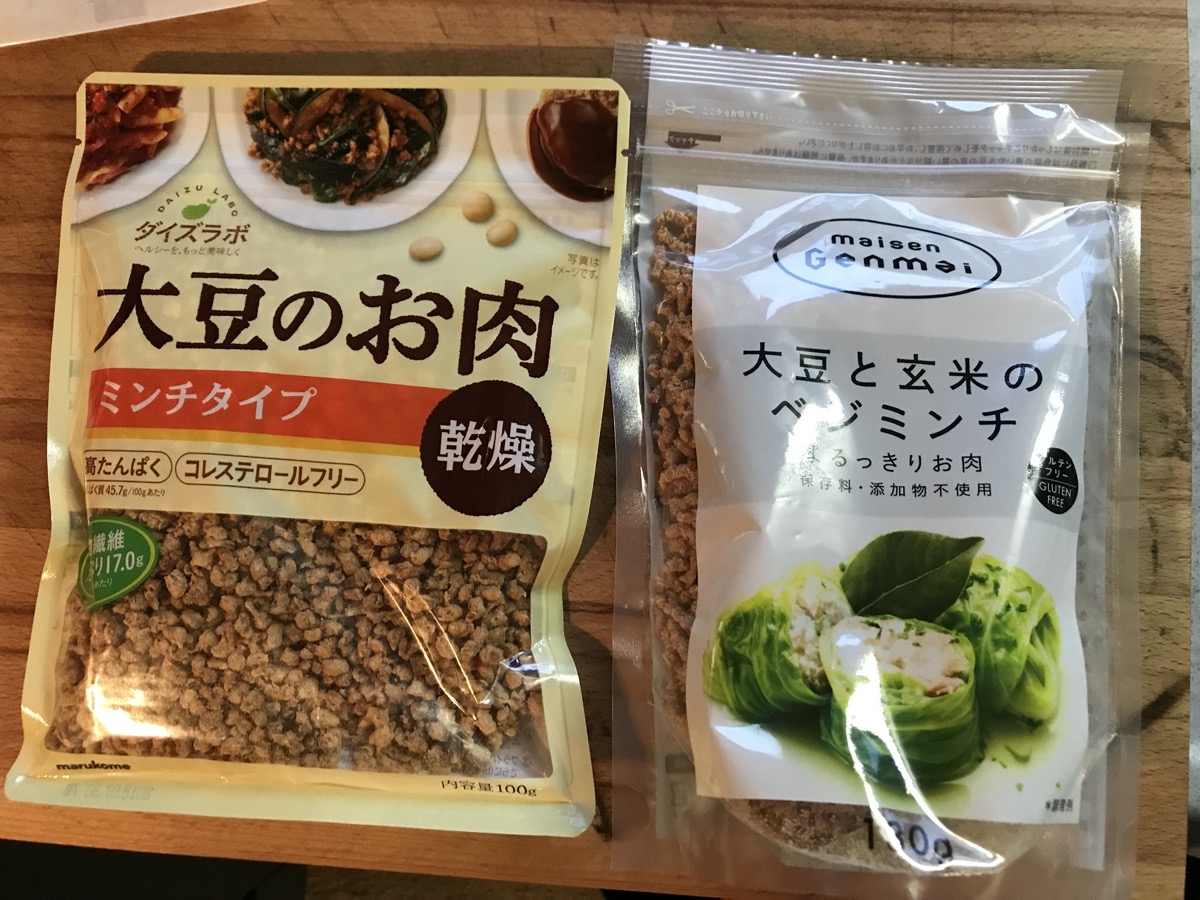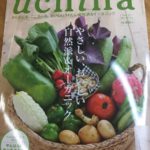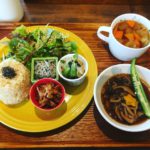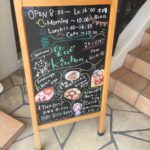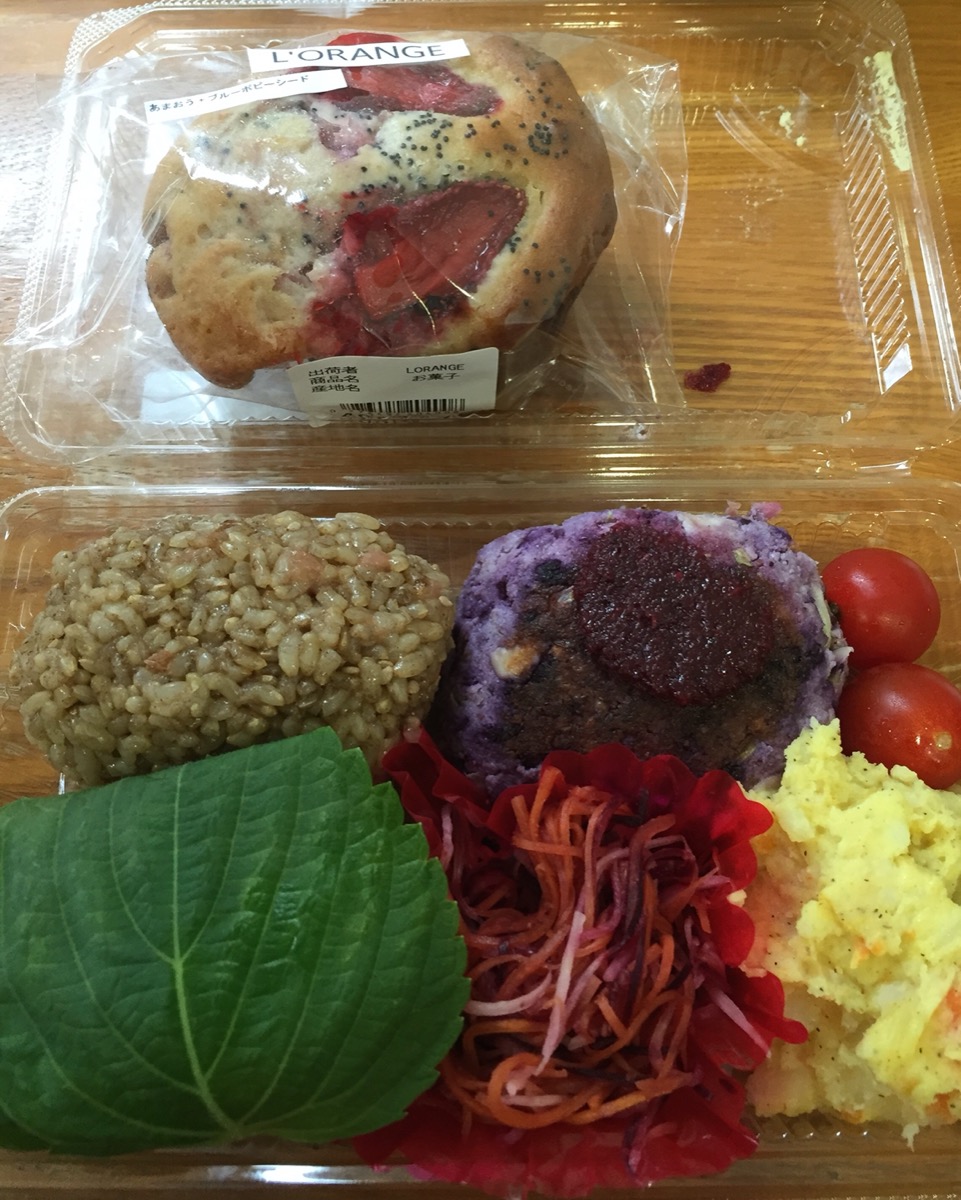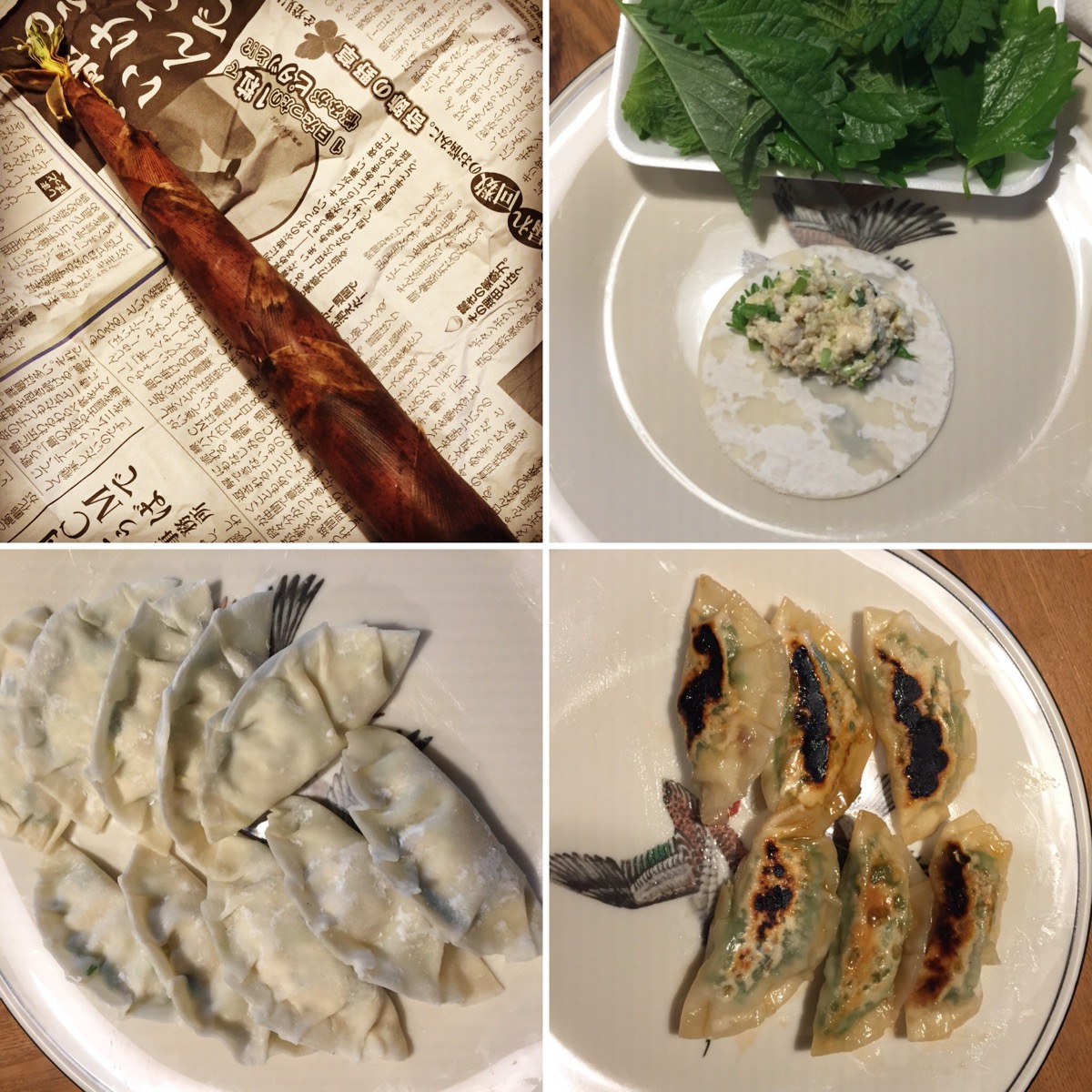So, I am not a vegan (mostly I eat a primarily vegetarian/pescatarian diet), but I really enjoy many of the local vegan (some are only vegan-friendly but not exclusively vegan) spots here in Okinawa. Many other places will serve items on the menu without the meat (fish, eggs, dairy, etc) if you ask, but if you are not very good at Japanese, that may not really be an option. The places listed here are primarily vegetarian/vegan focused, and highlight the vegetarian/vegan options on their menus.
Here is a current list of places where you can find vegan (and vegetarian) friendly food while in Okinawa: *please note some places may be ONLY vegetarian-friendly, not vegan-friendly due to my ignorance, so always check ahead of time.
SOUTH
Ukishima Garden: Pretty good place located in Naha. 2-12-3 Matsuo, Naha
Mana: Nice cozy place where you can get a plate lunch in Naha; they can get busy for dinner so get a reservation in advance. 1-6-9 Tsuboya, Naha
Kintsubo: Taiwanese. So good and cheap, it is vegetarian Chinese food. But not like American Chinese, like real Chinese.. yum! It felt very homey and comforting for me. 1-7-9 Tsuboya, Naha
Rakurobi Kitchen: Macrobiotic (mostly) vegan. Follow the link to the blog post I wrote.
Cafe Grandma: Yonabaru. 1423-1 Itarashiki, Yonabaru
Yama-No-Chaya Rakusui: Definitely vegetarian friendly, but not sure about vegan. Love this location and food. I wrote a previous blog post on this place.
Ie-jima Shimabukuro 伊江島 食の家 しまぶくろ: Located in Naha, this place serves Okinawan soul food with vegan and vegetarian options. The chef has challenged himself to make hometown food for everyone to enjoy. 3-10 Makishi, Naha 900-0013
LaLa Zorba: Located in Naha, I went for lunch and it was fabulous. It bills itself as “vegan ethnic” food, read more in the linked post. https://goo.gl/maps/tSiwY8DMaV22
Niffera にふぇ~ら: https://goo.gl/maps/5XkRhAeHX8s
Vegetarian Cafe Brown Sugar ベジランチ カフェ ブラウンシュガー: Located in Itoman area. https://goo.gl/maps/wK858hkpJHP2
Parlor de Jujumo: tiny place down south near the Ashinbinaa outlets. Read the linked post.
Book cafe&hall ゆかるひ: Stop be here for some vegan oyaki (Nagano-style dumplings). Info in linked post.
Rakurobi kitchen, macrobiotic cafe:楽ロビkitchen: they use fish sauce/dashi, but if you ask they will make it vegan!
Cafe detox felicidad: vegan, raw food, and even gluten-free choices here.
CENTRAL
Tami’s: located in American Village and recently re-opened. It is also vegan and super delicious. I will have to make a new post for this one. https://goo.gl/maps/TFNjrWyqjZ72
Sprout: 28 Samashita, Ginowan
plant-HOLIC: https://goo.gl/maps/1ZNTFXt54ru
L’Orange: Has some vegan muffins, and they are pretty darn good. 1-21-5 Kiyuna, Ginowan
Ploughman’s: Unfortunately, this place has caught on with a lot of people, and reservations are recommended even for lunch. But it is delicious. 927-2 Adaniya, Kitanakagusuku
Parlor Poka Poka パーラー ポカポカ: https://goo.gl/maps/JsiK7dwjLVU2
Rockers: Okay food, unfortunately in American Village, so not an area I go to a lot. I got the vegan burger and my husband the curry set, both were okay but not spectacular. 9-39 Mihama, Chatan 2F
Bollywood Dreams: I don’t especially recommend this place; it is a bit overpriced, slooooow service, and the food is not that great. But they do have vegetarian and vegan curries on the menu. Located in American Village: *update: they now have 2 locations in American village.
Bali Noon Bali Moon: Not exclusively vegan, but has vegan options. They also sell their tempeh which is a bargain at 500grams for 500yen!
Esparza’s Tacos & Coffee: According to husband, pretty good. They also sell vegan their cheese. https://goo.gl/maps/epFFj49nwDF2
Guacamole Burrito Truck: Not so much a restaurant, but a cool little trailer that will make a vegetarian/vegan burrito. Get this and take it to the nearby beach to eat. https://goo.gl/maps/LrtWvo4Bxfz
Citta Bakeshop (NEW!): located just outside of the Ryukyu University East Gate. Google Map link, pictures, and review coming soon!
Essence963 Hammock Cafe: vegetarian-friendly, and possibly vegan-friendly.
Kokopelli Pizza: info coming soon.
NORTH
Dechibika: This place is in Yomitan, an area I rarely visit due to the high traffic of Americans. I have not been here, but people rave about their curry, so I will have to bite the bullet sometime soon. 648-1 Furugen, Yomitan
Gubgub’s: Closed as of Feb 2020 🙁 They still sometimes show up at Vegan Foodfairs! Vegan “junk food,” also in Yomitan; it is as awesome as you hear from others and I highly recommend it. 410 Toya, Yomitan
Suien bakery: LOVE. Delicious sandwiches and located in Yomitan. Go early as it gets busy. 367 Zakimi, Yomitan
Shizen Inu: Another vegan restaurant located in Yomitan. 183 Furugen, Yomitan
Bakery and Cafe Coo: LOVE. Delicious sandwiches in Motobu peninsula by Nakijin-jo. 3313 Imadomari, Nakijin
There are a few others that I know of, but have not had a chance to visit yet. And maybe 1 or 2 that were not good and they simply do not go on the list (Example: Jai Thai in American Village… I simply cannot understand why anyone would go there, it is highly NOT recommended unless you like to spend a lot of money on terrible food. Also avoid Pizza Sun (previously known as Pizzakaya), for various reasons I will not get into. These restaurant are a majority veg-friendly; there are even more restaurants with a few veg options, but I cannot possibly list them all…
Several of the Indian restaurants have veg options, as well as a place called Istanbul Kebab House in Sunabe; all of these are also pretty good options for vegetarians and vegans as well. There are obviously many other places that can accommodate vegetarians and even vegans, but these are some of the better known places that understand what vegan/vegetarian diet is.
